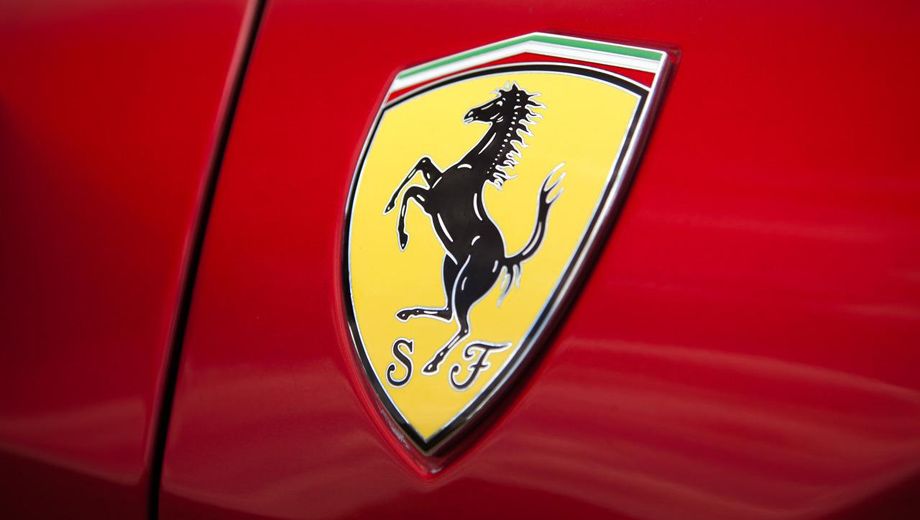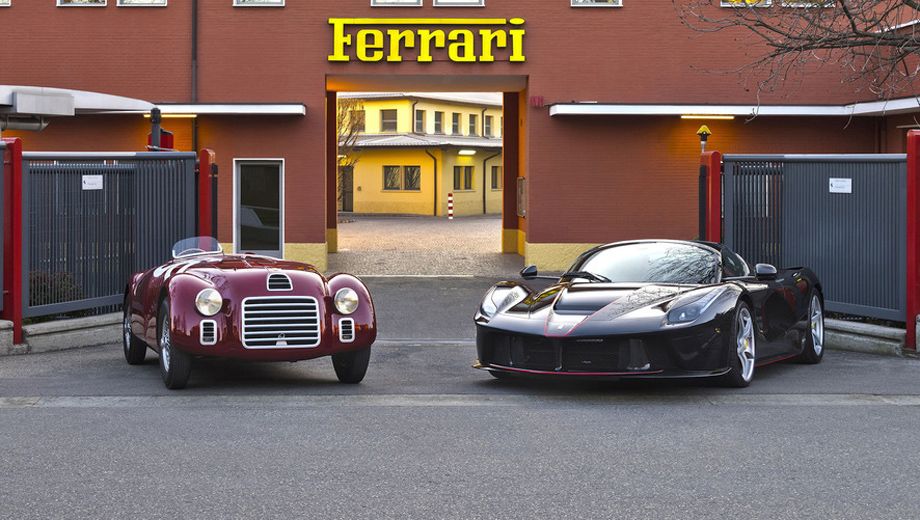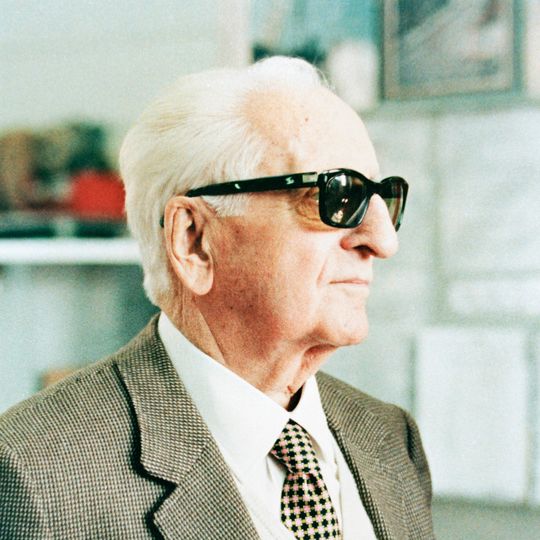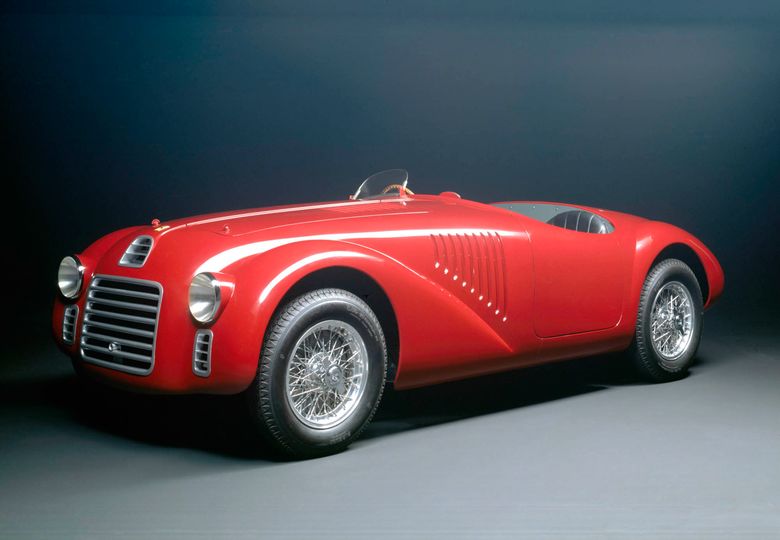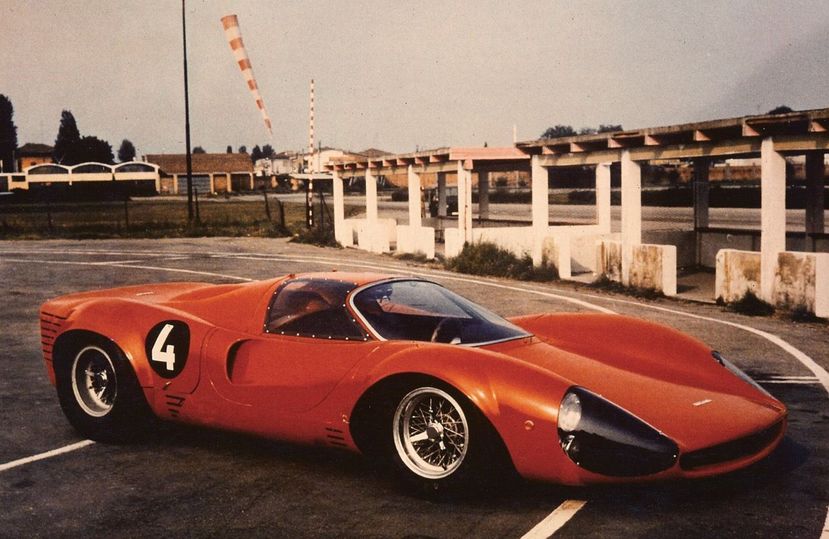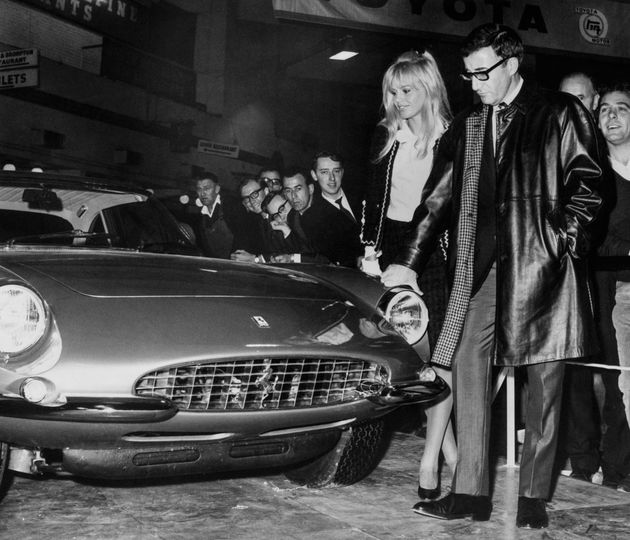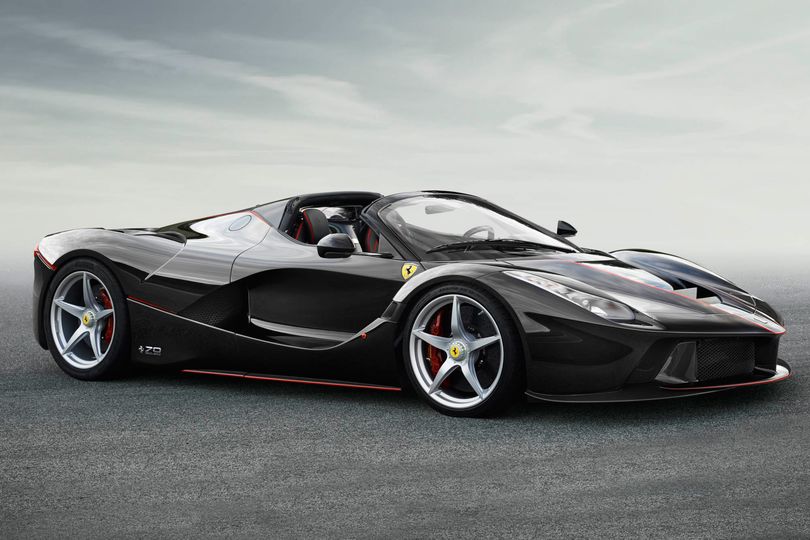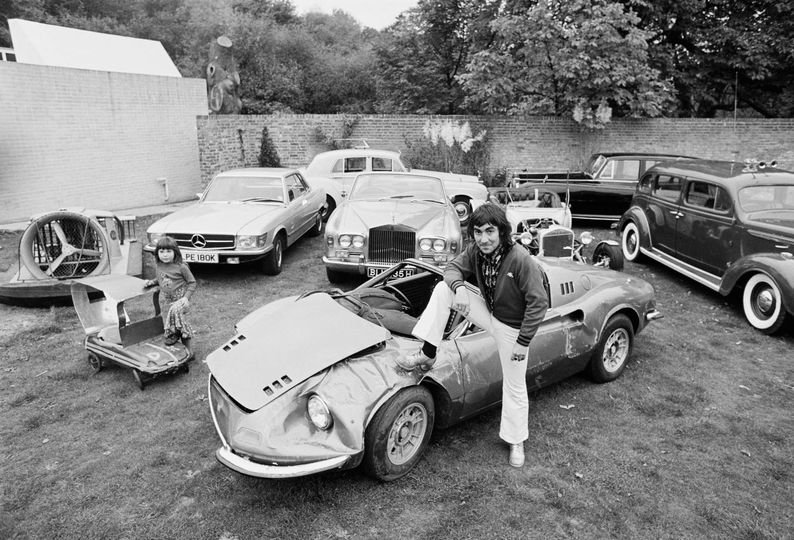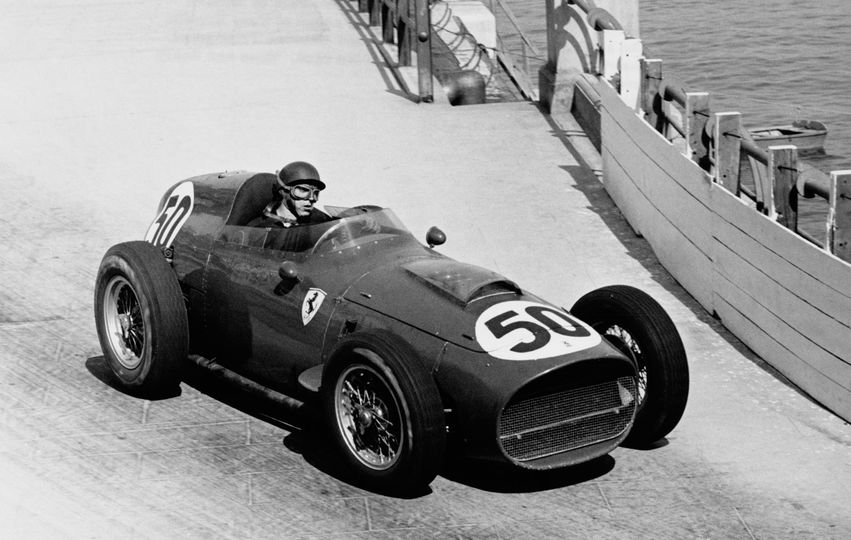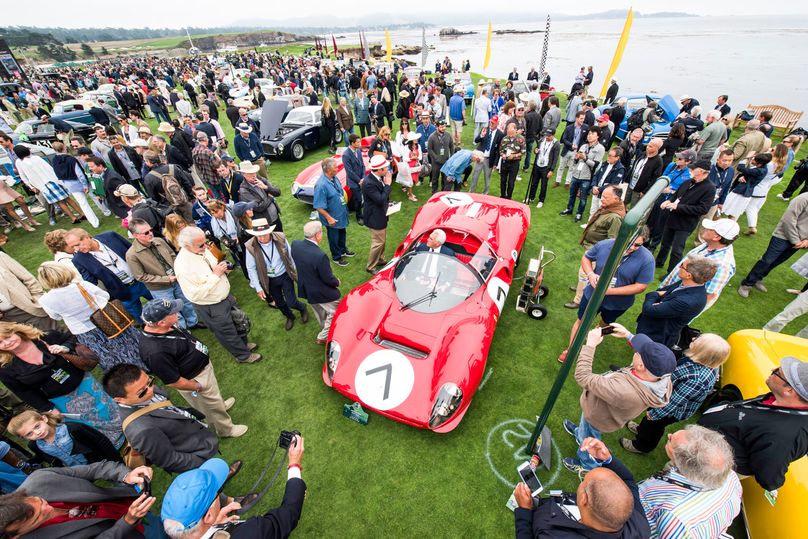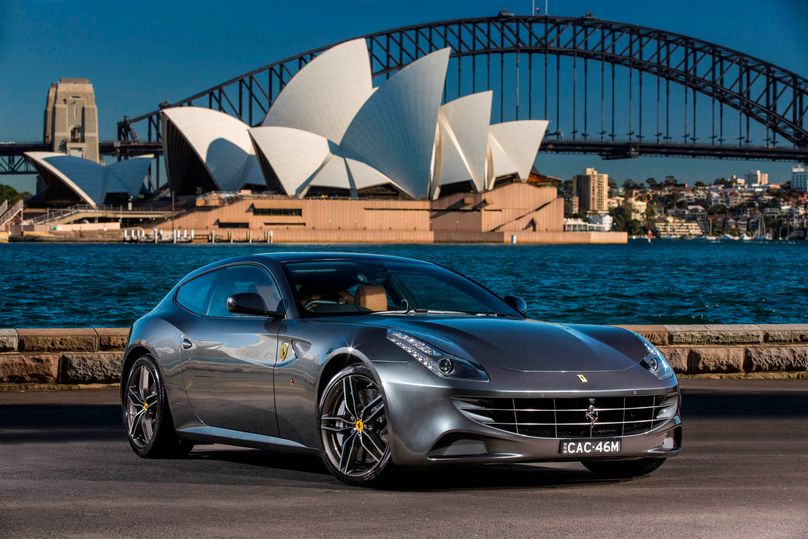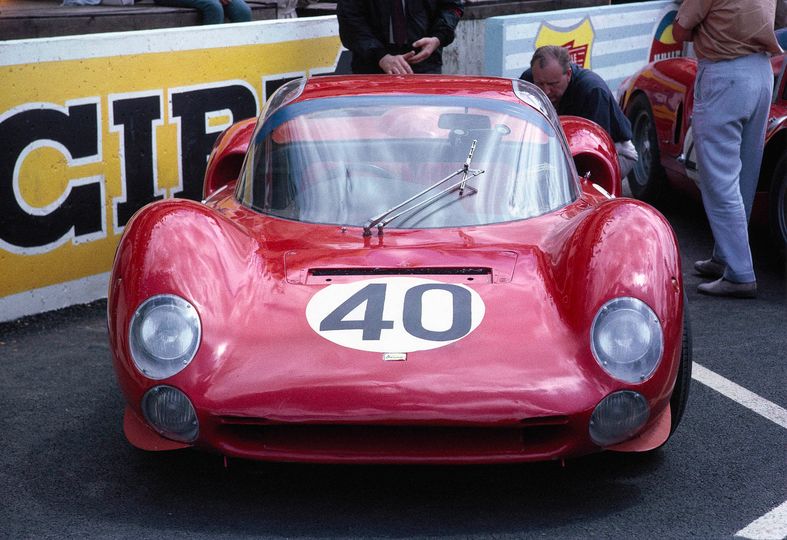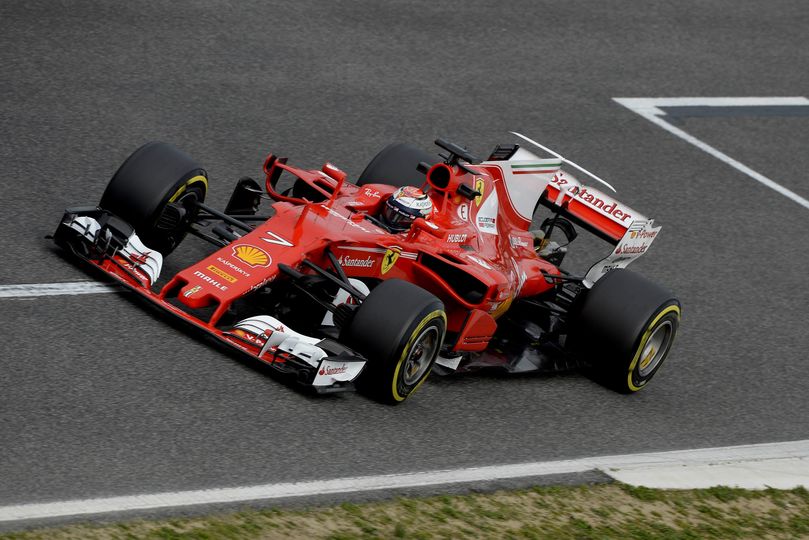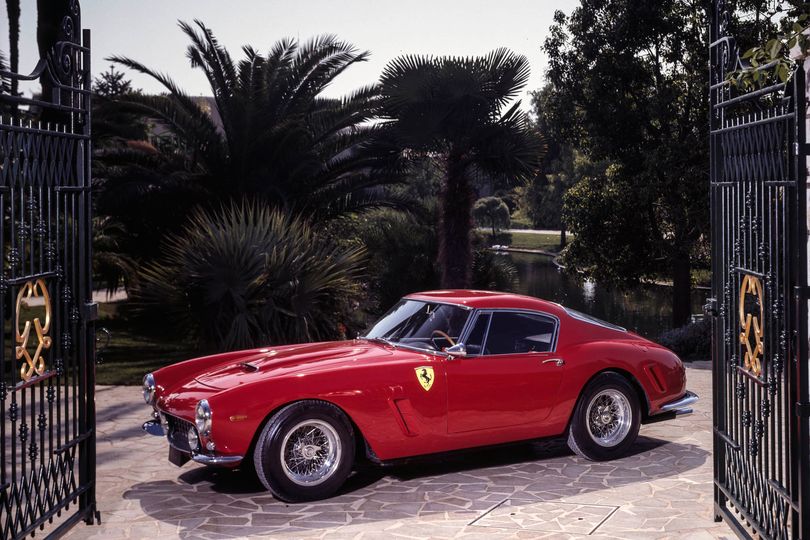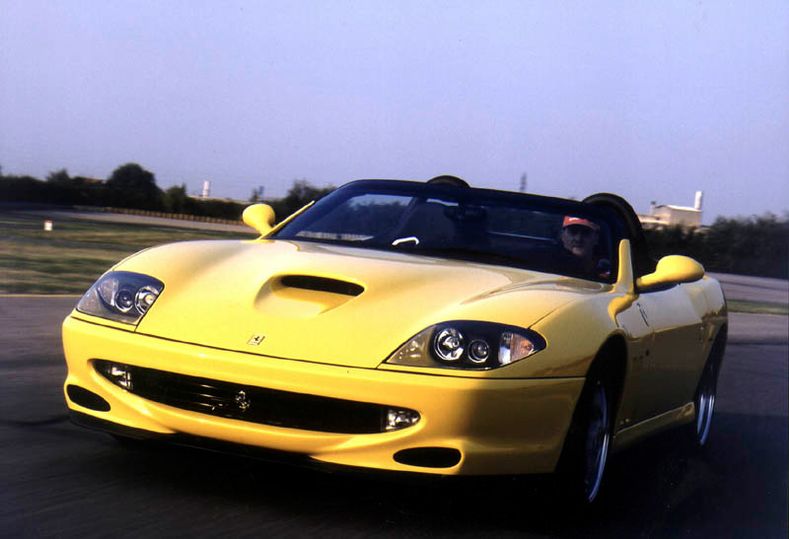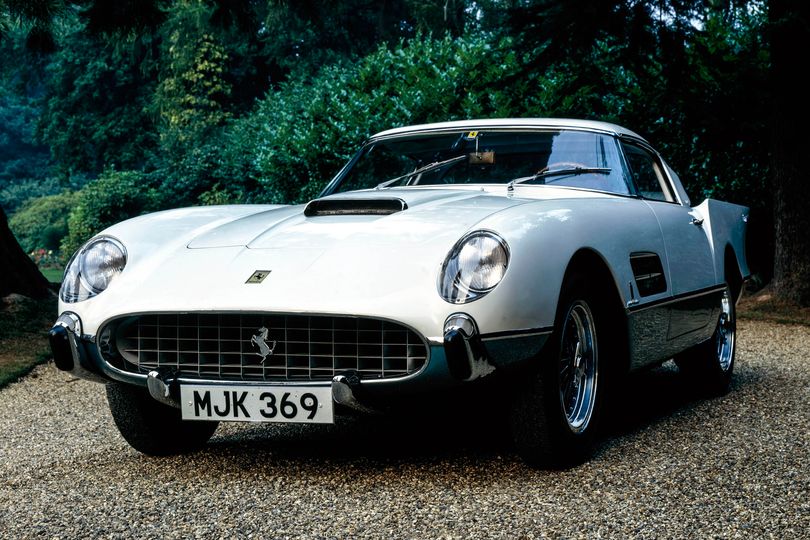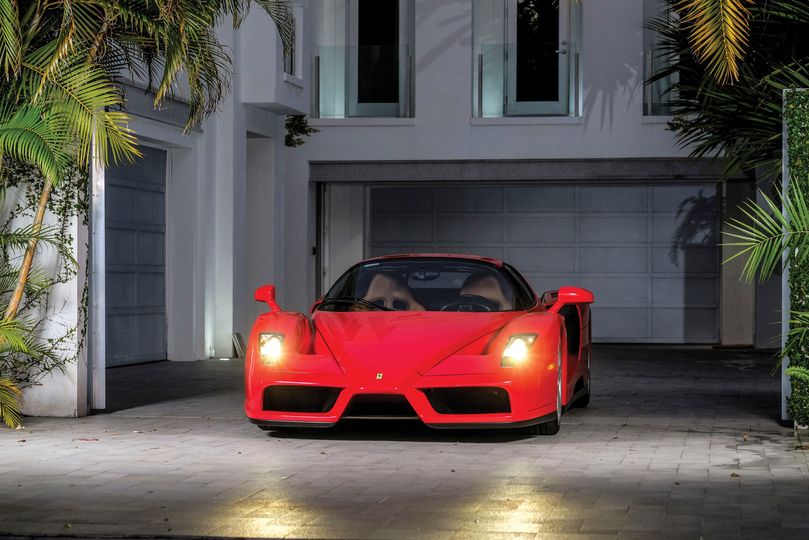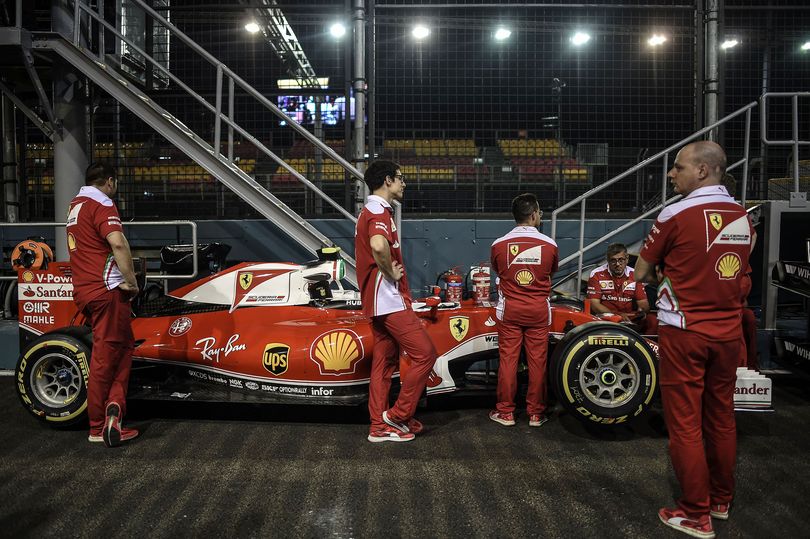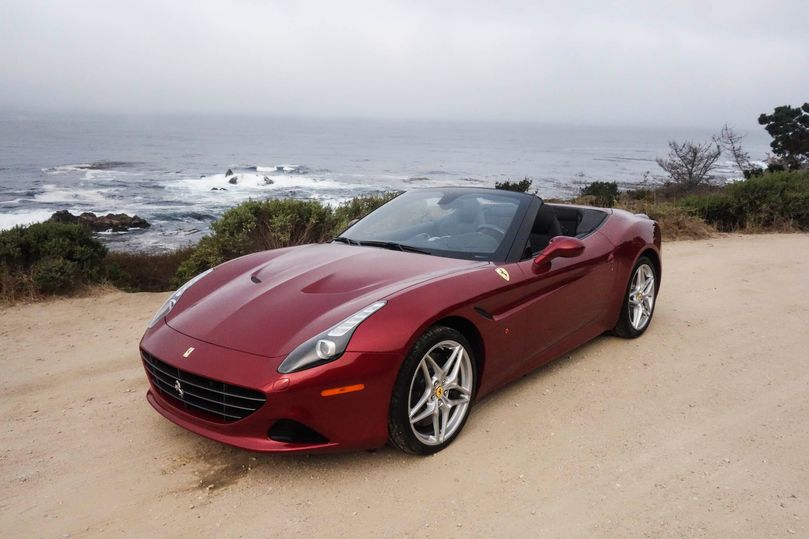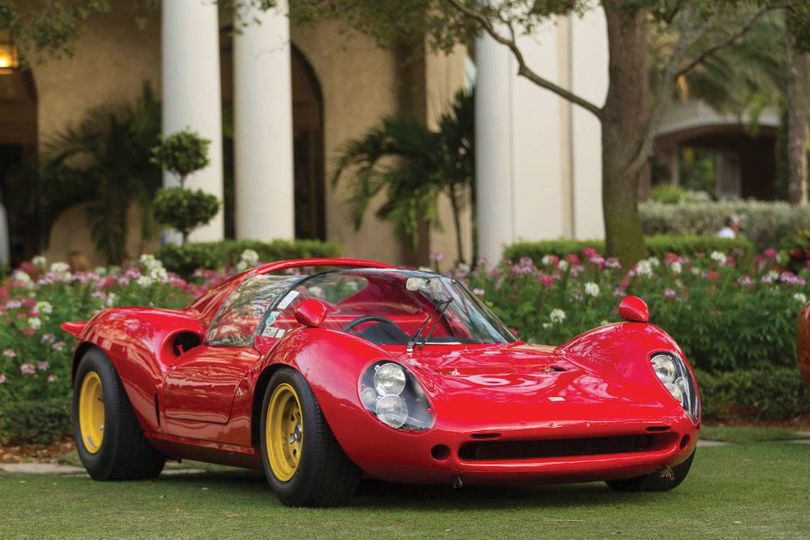Today's worldwide luxury-and-racing brand began with one humble car. Here’s a stylish recap of what has happened since.
This year marks the 70th since Enzo Ferrari drove the car that first bore his name – a 125 S. The date was March 12, 1947.
Decades later, Ferrari is a worldwide luxury brand with more than $3.1 billion in revenue last year alone, making such six-figure, 600-plus-horsepower cars as the 812 Superfast, GTC4 Lusso, 488 GTB and Spider, California, LaFerrari, and F12.
But not all the Ferraris rolling off trucks today rank among the brand's most iconic: It's hard to live up to racing wins by the 250 GTO, or recapture the pop culture immortality that came when the Ferrari Daytona Spider and Ferrari Testarossa appeared on Miami Vice.
Fans still daydream about the 1984 Ferrari GTO and the Ferrari 348 GTBs of the early 1990s – not to mention a host of beloved Dino models and the insane-looking Enzos.
Here's a look at some of our favorite Ferrari through the years.
Enzo Ferrari
Enzo Ferrari started up the first car that bore his name – a 125 S – on March 12, 1947. He drove it through the streets of Maranello, Italy, and went on to build a massive company that helped share Italian design and style with the world.
Ferrari had been the founder of the Scuderia Ferrari Grand Prix motor racing team. The Ferrari brand entered Formula 1 in 1950, notching its first win in 1951, so the brand's subsequent racing success came as no surprise. Enzo Ferrari died on Aug. 14, 1988, in Maranello. He was 90.
The Father of All Ferraris
This is the original Ferrari, the 125 S. It had a 12-cylinder engine and raced on the track at Piacenza in 1947 before winning the Rome Grand Prix later that year, completing the 85-mile race at speeds averaging 55 miles per hour.
In 2015, Ferrari NV was listed on the New York Stock Exchange. (Ticker: RACE.) Over the course of 2017, more than 60 countries will host enthusiastic events to celebrate 70 years of existence of the cavallino rampante (prancing horse) symbol. The theme? "Driven by Emotion."
Italian Rocket Ship
The Ferrari Thomassima II shown here is extremely rare; only three were made, and only Thomassima II and III remain. Thomassima I was destroyed in a flood, and Thomassima III is at the factory Ferrari Museum in Modena, Italy.
This privately owned Thomassima II, in northern California, was commissioned in 1966 as an homage to the Ferrari 330 P4, with a rare Ferrari 250-plug, V12 engine. Records show that this model also had a lot of input from Maserati designers.
The car was built using engineers from both companies because lead designer Tom Meade had previously worked for the Maserati race car division.
Celebrity Cachet
British comic actor Peter Sellers and his wife, Swedish actress Britt Ekland, inspect a 400-horsepower Ferrari 500 Superfast coupe in October 1965.
Sellers had just bought the car for £11,500 ($14,340 at the current exchange rate) at a preview of the Motor Show in Earls Court in London.
Ferrari built the V12 Superfast series from 1964 to 1966 and will resurrect it in 2017. Only 25 were made in the first series; 12 were made in the second. Most went to royalty, dignitaries, and Hollywood stars.
The Ultimate Ferrari
The limited-edition Laferrari Aperta, made to celebrate the 70-year anniversary, has a V12 engine, an electric motor, and KERS technology to reach the equivalent of 949 total horsepower.
Meant to represent perfectly Ferrari's core values in technology, performance, style, and exclusivity, it is among the most aspirational cars on the planet. This rare, convertible version, seen here at the Salone di Parigi in 2016 – has already sold out.
Rock On
Drummer Keith Moon of British rock group the Who poses at Tara, his home in Chertsey, Surrey, England, with his daughter, Amanda, and some of the cars in his collection in October 1972. Moon is sitting on a damaged Ferrari Dino.
Ferrari used the name "Dino" to denote any mid-engine, rear-wheel-drive sports cars produced from 1968 to 1976 that had fewer than 12 cylinders under the hood.
Notwithstanding the brand's attempt to sell less-expensive cars, the models became loved by fans worldwide. (Ideally, the car would have competed directly against Porsche's 911.) The name came from Enzo Ferrari's son, Dino, who died at age 24.
The Dino 246 was the first Ferrari model produced in relatively high numbers, at the time roughly 3,500 units.
Monaco Glamour
Here, Tony Brooks drives the No. 50 Ferrari Dino 246 during the Grand Prix of Monaco on the streets of Monte Carlo in May 1959.
Production Dinos such as the 2.4 L Dino 246 produced 195 bhp and came as a fixed-top GT coupe or (after 1971) as an open Spyder GTS.
Brooks is a British racing champion known as the "racing dentist." He competed in 39 F1 World Championship Grands Prix and won six times, with 10 podium finishes overall. He also drove for Vanwall and Aston Martin.
The Stars of the Show
Attendees and judges gather around a 1966 Ferrari 330 P4 Drogo Spyder during the 2016 Pebble Beach Concours d'Elegance in Pebble Beach, Calif. on Aug. 21, 2016.
The car was one of dozens of million-dollar Ferraris pleasing collectors, who spent more than $370 million dollars at the vintage auto auctions during the week. Indeed, Ferraris led the way, with two LaFerraris drawing more than $3 million.
Of the top 10 expected sales this year at Pebble auctions, as many as half could be Ferrari 250s, which continue to dominate public and private sales.
In May 2012, a 1962 Ferrari 250 GTO became the most expensive car in history, when American communications magnate Craig McCaw bought it for $38.1 million.
The Four-of-Everything Ferrari
2011's Ferrari FF was the first four-seat, four-wheel-drive from the modern iteration of Ferrari. It is considered a "shooting brake"-style car, a hatchback or wagon-style historically used on hunting trips and picnics.
It has a V12 engine and a seven-speed, dual-clutch transmission. There is room inside for four adults and an ample (for a Ferrari) trunk in the rear.
Starting price was $300,000; only 800 were made the first year. Since then, Ferrari has introduced variations on the theme, including the astounding, fast Ferrari GTC4 Lusso, which looks similar but is sleeker and even more aggressive on the road.
Racing Ups and Downs
The Giancarlo Baghetti/Mario Casoni Ferrari Dino 166P racer (seen here in June 1965) had an unusual coupe roof, but it lasted only two laps during the difficult 24 Hours of Le Mans endurance race in France before it had to be retired with engine problems.
Driver John Surtees had become the Formula 1 World Champion, with the 158 F1 in 1964, so the failure was disappointing, even though this was a different type of race. Just two years later, Ferrari placed three cars (two 330 P4s and a 412 P) in the top three finishers at the 1967 24 Hours of Daytona endurance race in Florida.
Chasing Greatness
This is a F1 racing Ferrari making a lap at a Barcelona test track earlier this year. In February, Ferrari unveiled a new race car it will use to target Daimler AG's arch-rival Mercedes-Benz for a 2017 Formula 1 championship.
(The Scuderia team last won the Constructors' Championship nearly a decade ago, in 2008, and failed to win a single race last year; as the Italians say, "There can be no more excuses.")
The new car, named the SF70-H, was unveiled at the Fiorano test track in Italy, where Ferrari team drivers Sebastian Vettel and Kimi Raikkonen each drove it as preparation for the new F1 season.
That Touch of Red
There is a specific tint of red that is identified with Ferrari racing. Rosso corsa has always been the traditional motor racing color of cars entered by Italian teams, including Alfa Romeo Automobiles Spa and (formerly) Maserati.
Now, since most racing cars are covered in sponsored logos and badging, the tradition is much less prominent. Still, Ferrari maintains the red better than most, especially on the street.
The general rule of thumb is that 80 percent of production Ferraris that are sold come in red.
Celebrate Good Times
The 2001 Ferrari 550 Barchetta by Pininfarina was made to commemorate design house Pininfarina’s 70th anniversary.
A barchetta was originally an open, lightweight, two-seater sports car built for racing.
This production car had a front V12, 478-horsepower engine, a six-speed gearbox and a top speed of 199mph. It also had a removable top that was notoriously laborious to operate – and not recommended for use at speeds above 70mph. Only 448 were made.
Super-Special, Super-Fast
A 1965 Ferrari Tipo 410 Superamerica. The two-door coupe had a top speed near 180mph and a zero to 60mph time span of just over four seconds.
Like most such Ferraris, it came in extremely limited numbers: Fewer than 100 of them hit the streets. It had the customary Ferrari V12 engine and bodywork by Pininfarina.
Fashion Ferrari
Fashion designer Tommy Hilfiger's 2003 Ferrari Enzo.
The cherry red stunner was one of only 400 made. It debuted at the 2002 Paris Motor Show; the designer bought it new and put on only 3,600 miles. Hilfiger sold it last year for $2,695,000 at the annual
Ferrari Takes Singapore
Scuderia Ferrari team members stand next to Finnish driver Kimi Raikkonen's Ferrari in the pit lane before the Singapore Grand Prix on Sept. 15, 2016.
The Modern Cruiser
The Ferrari California T HS is the ideal car for a cool summer drive. It has a 3.9-liter, V8-engine turbo-charged to 553 horsepower and can hit 60 mph in 3.6 seconds. Top speed is 196 mph.
The seven-speed, dual-clutch transmission has been augmented over that of the standard-issue California, with 30 percent-faster upshifts and 40 percent-quicker downshifts.
The California T HS comes with the same 2+2 seating arrangement as the regular model, with a very small trunk in the rear. Fuel economy is rated at 22 miles per gallon, combined.
Icon for the Ages
A last look at the 1965 Ferrari 166 P 206 SP Dino 0834.
